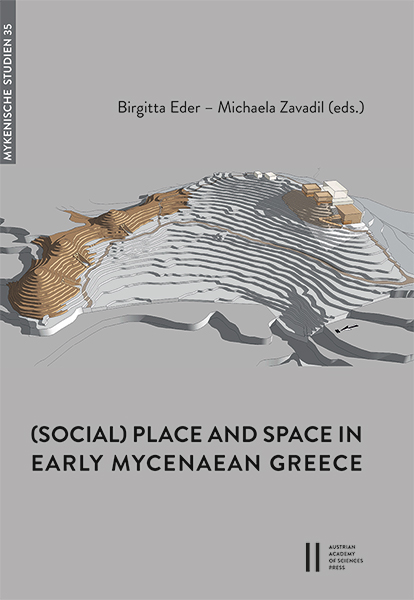
(Social) Place and Space in Early Mycenaean Greece, pp. 365-382, 2021/05/25
International Discussions in Mycenaean Archaeology
October 5–8, 2016, Athens

The impact of Crete on the societies and material culture of the Greek mainland, particularly in relation tothe emergence of elite groups during the early Mycenaean period, has long been a focus of debate between proponentsof indigenist versus interactionist models of mainland dynamics. The intervening island of Kythera has played animportant role in this phenomenon not least because of its location as a stepping stone between these two distinctivegeographical and cultural regions. The 1960s excavations at the coastal site of Kastri revealed a unique case ofMinoanisation, both due to its early beginnings and its intensity. Understanding of this phenomenon has since beensignificantly enhanced through an intensive field survey that covered one third of the island, as well as through severalexcavations, including those on two peak sanctuaries. What becomes apparent, after c. 2000 BC, is the exclusive presenceof a Cretan-style culture and the lack of any contrastive continuing local tradition, thereby rendering Kythera incultural terms effectively a part of Crete.The intensive field survey results for this period reveal a landscape with dispersed rural settlements and an extensive,multi-focal, potentially urban zone at coastal Kastri. The multidisciplinary study of these two parallel dimensions ofthe island’s landscape provides significant insight into local and regional dynamics. Spatial analysis combined withgeoarchaeological investigations gives a better understanding of the development of the settlement pattern and accompanyingagricultural regimes, while the stylistic and scientific/technological study of material culture (mainly pottery)provides unprecedented knowledge of the island’s craft traditions and their reproduction through time and across space,under strong Cretan influence. Such an approach to the island’s craft products makes even more meaningful the contextualstudy of their spatial distribution both among the numerous communities of the island, but also beyond, amongPeloponnesian groups, so shedding new light on the transfer and reproduction of technological traditions, as well as onconsumer’s preferences and the social context of innovation.
Keywords: Kythera, Kastri, Bronze Age, Minoanisation, field survey, landscape, connectivity, pottery analysis